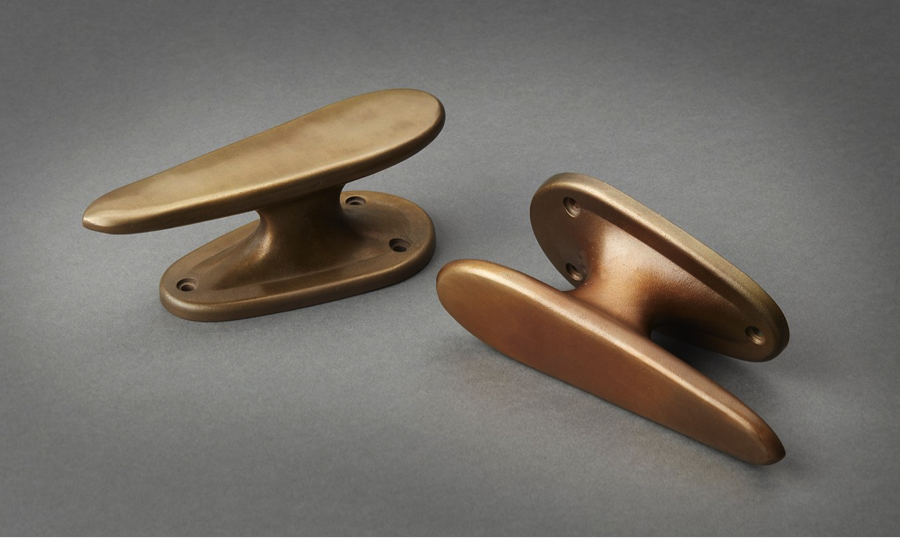Last week we covered some metal casting basics and today we are going to pick up where we left off. Today we will talk about direct investment casting.
The direct investment casting process moves straight from creating a pattern to surrounding that pattern with investment material. Since the wax injection method of creating a pattern requires multiple steps, it is considered indirect.
Direct investment casting is best for short runs of parts or initial testing of a part concept, as each printed part will require some finishing steps. Direct investment casting is also a good choice for large parts or parts with thick cross-sections that may be more difficult to mold successfully in wax due to warping and shrinkage.
Direct investment casting is valuable for producing parts with geometries that are too complex to be molded or for parts with extensive undercuts and fine surface texture details, where molding is possible but carries high tooling costs.

Cast parts from SLA patterns printed on a Form 2 in Clear Resin.
Traditionally, patterns for direct investment casting are carved by hand or machined if the part is a one-off or expected to be only a handful of units.
With the advent of 3D printing, engineers started experimenting with directly printing patterns in order to achieve shorter lead times and geometric freedom that exceeds the design for manufacturability constraints of molding processes.
Stay tuned for next week’s blog post where we will continue our discussion on this topic and explain “indirect investment casting.”







Leave A Comment